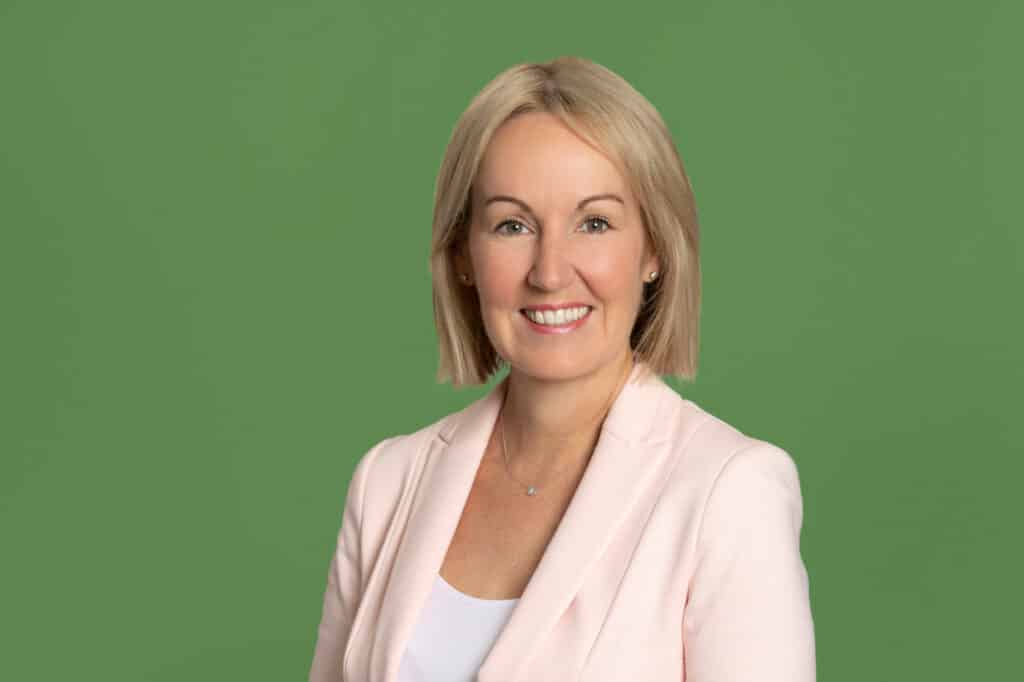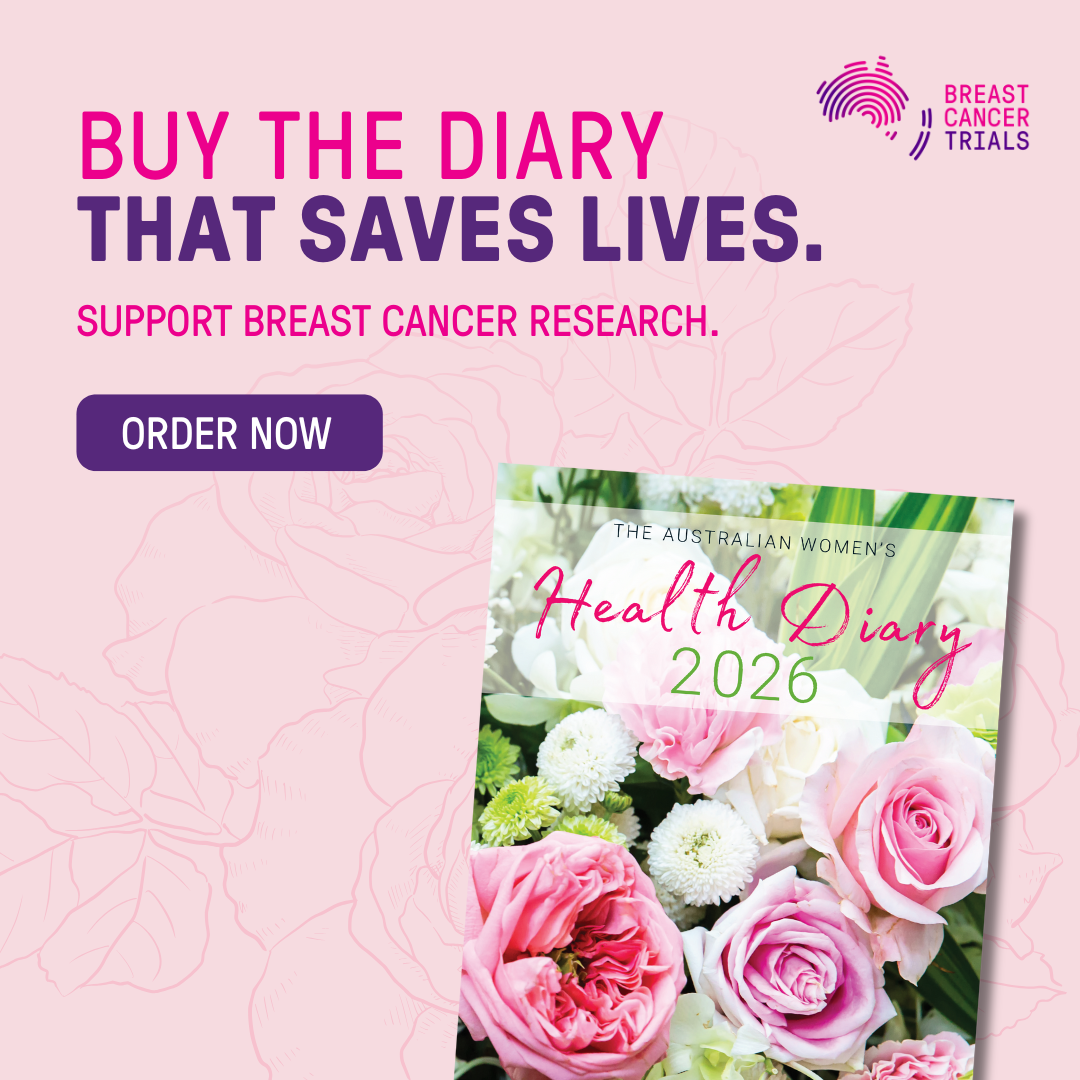Between the box office success of Greta Gerwig’s Barbie, Taylor Swift’s sold-out stadium gigs and the Matildas’ efforts at the World Cup that brought a nation to a standstill, 2023 has been hailed by some as the year of the woman and girl.
Seeing these moments for women in the spotlight is an achievement in itself. With the focus on women’s success and wellbeing, you could be forgiven for thinking that this is a watershed moment. However, we still have a mountain to climb.
As wonderful as they are, we must remind ourselves that these moments for women in the spotlight are often fleeting. They cannot replace a focus on improving gender equity in healthcare, medical research, and the workplace. We still have a long way to go in these areas and we must do more than revere women who are in the public arena.
We know that when women are well and healthy, the benefits flow through to families, communities, workplaces and the economy. We must invest in women’s wellbeing so that society can prosper.
Gender differences underpin almost every aspect of a woman’s life. Whilst Australian women are on average living longer, they are more likely to live in poorer health and have less control over their lives than men. Some refer to this as result of a long history of sex and gender bias in medical research and healthcare also known as ‘bikini medicine’ – a mistaken belief that women’s health only differs from men’s in the parts of the body that a bikini would cover.
Endometriosis, for example, was first identified in the 1920s but it can take an average 7 years for a woman to be diagnosed. Despite promising medical advancements, endometriosis is still not fully understood and consequently, impacts women’s lives beyond the healthcare setting. Recent data in Australia shows that endometriosis can negatively affect women’s ability to fully function at work and at times, even whether they can attend at all. Yet if you were to canvas most HR departments or management regarding this issue little would be known or understood, let alone acknowledged.
Governments are recognising the deeply entrenched bias against women in the health system.
We’ve seen this in the establishment of the National Women’s Health Advisory Council, led by the Assistant Minister for Health, Ged Kearney – a former nurse and advocate in her own right. Kearney once said, “women have told me they’re being seen but not believed”. The Advisory Council brings together experts to begin to peel back the layers so we can chart a different course. I know the National Women’s Health Advisory Council are very concerned with gender bias in the health system which is evident in the recent Senate Inquiry into universal access to reproductive healthcare. The inquiry produced a total of 36 recommendations spanning from a recommendation to implement a payment to prescribers to provide contraceptive counselling and advice to a recommendation to improve the collection, breadth and publication of sexual and reproductive healthcare data showing just how much work there is to be done.
However, health systems function better when the women who manage them have an equal say in their design and delivery. Women need more seats at the healthcare table.
When I started my career in cancer research, women dominated the classrooms and science labs. It was an exciting moment for all of us. As my career progressed, I observed what the World Health Organization proclaim: “Global health is delivered by women and led by men”. Women may comprise the bulk of frontline workers, but they are too often missing from the rooms where health policy, funding, and research decisions are made. In government and in business, through unconscious bias we often give men the financial responsibilities – forecasting; expense budgets; business unit management. In many cases we are teaching men to run the business, critical to climbing the ladder. It’s important that we do the same for women.
Addressing the barriers constraining women requires not only training and equipping the individual, but also influencing the environment in which she lives and works. The private sector also has an important role to play in leading workforce reforms, and there is much more that we need to do to continue the momentum.
Gender diversity and adequate representation is no longer celebrated by Fortune 500s as the gold standard, it has become table stakes. Companies and boards are expected to ensure that women have a seat at these tables. Companies are also increasingly expected to take steps to better support their workforces, with an emphasis on policies such as gender neutral parental leave and those associated with assisted reproductive treatments.
We need to listen to women and provide support where it is needed most. Our changes don’t have to be uniform, different industries present unique challenges and environments, but they do need to be written into our policies and practiced in our workplaces.
For our part, Organon in Australia has introduced a range of inclusive policies to support every employee’s health and wellbeing, as well as their development to be future-fit.
These include pregnancy loss leave of up to six weeks to support any employee who experiences a miscarriage, gender neutral parental leave and reimbursement for assisted reproductive treatment. As a further inclusive measure, we offer ten additional “flexi” leave days, which can be taken for any reason, including the breadth of women’s and men’s health issues.
We facilitate further opportunity and skills development through a ‘gig marketplace’ approach to development. Employees can participate in a project in an area they may be interested in or want to develop their skills – working alongside colleagues with expertise and raising their profile across the business.
While it usually falls on HR departments to keep up to date with progressive policies that are being implemented, it is up to management teams to make sure that this work is seen as a business priority. There needs to be a tangible link between employee benefits and productivity, and when in balance these two facets cycle synergistically.
In 2023, thanks to our collective efforts, we have made great strides towards better health outcomes for women and girls. It is no longer enough to simply raise awareness of these issues. Informed action is desperately and urgently required to ensure genuine progress.
This is the year of the woman and girl, but so should 2024, 2025 and every year after. Women are speaking and companies and government are listening.
It is up to all of us to make sure the momentum of 2023 doesn’t fade into platitudes of a job well done without lasting and effective change.


